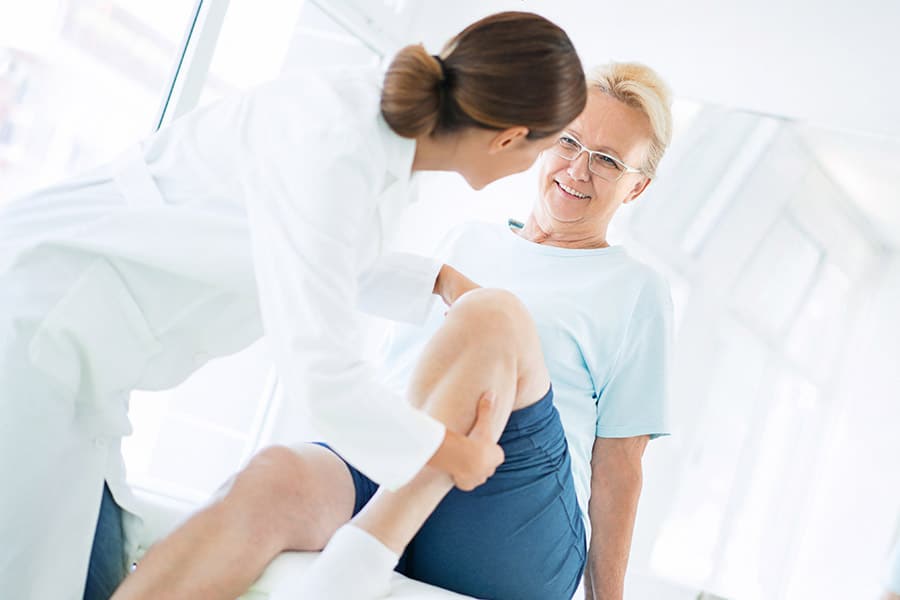Varicose veins are a common manifestation of chronic venous disease (CVD) and are characterized by a reduced capability to transport blood back to the heart against gravity. They often show as twisted, swollen and enlarged structures on the leg. They are commonly of cosmetic concern. However, with progression symptoms can arise which may require medical treatment.
Early symptoms of varicose veins
In the early stages of disease varicose veins commonly cause no symptoms or just minor problems. Nevertheless, cosmetically the twisted and bulging veins may already be a major issue for the person concerned. Other minor medical symptoms can include heavy legs, swollen feet, the appearance of spider veins as well as dry and itchy skin.
Often these symptoms are perceived as too irrelevant for treatment. However, they should be taken as an early warning sign as it has been suggested that early recognition and treatment can lead to better outcomes1.
1Syed Bokhari, MD, FACC , Early Symptoms and Warning Signs of Varicose Veins.
Sore legs due to varicose veins
- Chronic venous insufficiency (CVI) and varicose veins
Chronic venous insufficiency is a widespread disease of the lower extremities which is characterized by impairment of the valves inside the veins. Consequently, those veins lose their function of supporting the upwards blood flow against gravity back to the heart. If vein valves are not closing properly, blood can flow backwards and “pool” in the leg. The resulting pressure can damage the veins and lead to varicose veins. Early symptoms entail tired, swollen and heavy legs. As the disease progresses, symptoms can worsen and complications such as leg ulcers can develop.

My legs are sore – do I have varicose vein?
As described, heavy legs and itchy skin can be early symptoms of venous disease and varicose veins2. Nevertheless, varicose veins are not the only reason why legs may be aching. Physical stress and diseases can lead to injuries or tissue inflammation which subsequently cause leg pain. There are several conditions that can lead to sore legs and pain.
2Ibid.
Echotherapy for varicose veinsOther conditions causing sore legs
- Diabetic neuropathy
Diabetic neuropathy is a condition that is caused by damage to the nervous system due to diabetes. High levels of sugar or fat within the blood stream can cause nerves to be damaged. At times, these can cause leg pains. - Peripheral artery disease (PAD)
PAD is a cardiovascular disease of the arteries and veins. It develops when fat builds up in the walls of the arteries, narrowing them. Over time, the build-up can lead to impaired blood circulation as arteries become so narrow that blood cannot properly pass through them anymore. The disease commonly manifests in the lower extremities and is often accompanied by a feeling of tired, painful and heavy legs. - Deep vein thrombosis (DVT)
DVT is a condition caused by a blood clot that forms in a deep vein. This most commonly happens in the lower extremities and can cause swollen and aching legs. DVT can become very serious when the blood clot is released and enters the lung causing pulmonary embolism. - Arthritis
Arthritis can cause inflammation and is a common reason for pain located in the knee or ankle joints.
